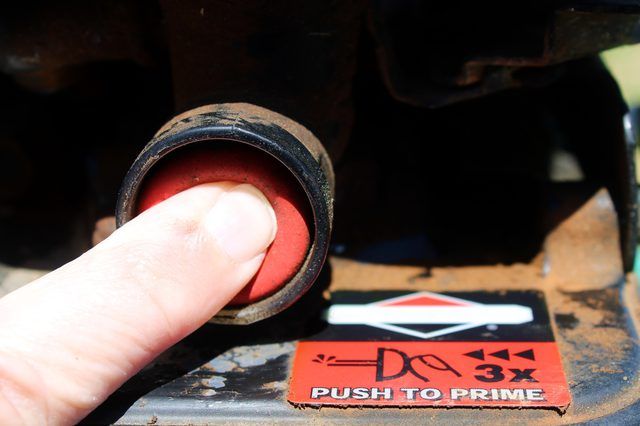Bulbs
Flower Basics
Flower Beds & Specialty Gardens
Flower Garden
Garden Furniture
Garden Gnomes
Garden Seeds
Garden Sheds
Garden Statues
Garden Tools & Supplies
Gardening Basics
Green & Organic
Groundcovers & Vines
Growing Annuals
Growing Basil
Growing Beans
Growing Berries
Growing Blueberries
Growing Cactus
Growing Corn
Growing Cotton
Growing Edibles
Growing Flowers
Growing Garlic
Growing Grapes
Growing Grass
Growing Herbs
Growing Jasmine
Growing Mint
Growing Mushrooms
Orchids
Growing Peanuts
Growing Perennials
Growing Plants
Growing Rosemary
Growing Roses
Growing Strawberries
Growing Sunflowers
Growing Thyme
Growing Tomatoes
Growing Tulips
Growing Vegetables
Herb Basics
Herb Garden
Indoor Growing
Landscaping Basics
Landscaping Patios
Landscaping Plants
Landscaping Shrubs
Landscaping Trees
Landscaping Walks & Pathways
Lawn Basics
Lawn Maintenance
Lawn Mowers
Lawn Ornaments
Lawn Planting
Lawn Tools
Outdoor Growing
Overall Landscape Planning
Pests, Weeds & Problems
Plant Basics
Rock Garden
Rose Garden
Shrubs
Soil
Specialty Gardens
Trees
Vegetable Garden
Yard Maintenance
How Does the Primer Bulb on a Walbro Carburetor Work?
How Does the Primer Bulb on a Walbro Carburetor Work?. Walbro carburetors are a common type of carburetor found on two-stroke engines such as those that power weed eaters, chainsaws, leaf blowers and other lawn care tools. Despite their small and lightweight appearance, they're complex machines that rely a great deal on the smooth supply of fuel...
Walbro carburetors are a common type of carburetor found on two-stroke engines such as those that power weed eaters, chainsaws, leaf blowers and other lawn care tools. Despite their small and lightweight appearance, they’re complex machines that rely a great deal on the smooth supply of fuel from the fuel reservoir to function. Two-stroke engines do not have a separate oil reservoir, but instead, combine oil with gasoline. The fuel passing through the carburetor can be particularly viscous and difficult to move. It’s nearly impossible to start a two-stroke engine without making use of the primer bulb.

The Walbro carburetor primer bulb is a small plastic bulb which sits on the outermost casing of the carburetor. Beneath this casing is a small chamber which directly connects to the primer bulb known as the top cover. A plastic fuel line leading out of the top cover is the fuel return pipe, which connects to the device’s fuel reservoir. Running back from the top cover is the primer passage. This fuel line passes through the venturi throat (a widening of the pipe diameter to reduce fuel pressure and keypoint of the carburetor) to the lower fuel chamber. From the lower fuel chamber, low speed fuel mixture and high speed fuel mixture adjust lines lead to the throttle. Also, another pipe leads through a fuel filter to the upper fuel chamber, which in turn dumps back into the fuel reservoir.

Pressing the priming bulb has a startlingly complex and important effect on the carburetor. It pumps fuel sitting in the top cover back into the fuel reservoir. This creates a vacuum. Fuel is pulled from the fuel reservoir, into the upper fuel chamber, through the fuel filter, down into the lower fuel chamber, and up through the low speed fuel mixture lines. Here it passes into the throttle. Every time the bulb is pressed, more fuel ends up in the throttle. In this way, too many pumps of the bulb can flood the carburetor, and too few means there isn’t enough fuel to mix with passing air and go into the engine’s combustion cylinder when the starter is cranked. Ideally, fuel sprays out of the throttle and into the engine’s intake, where it is combusted so that the engine might start. Without the primer bulb, the engine would never get the first jolt of fuel that it needs to create suction and keep the carburetor supplying air and fuel.
